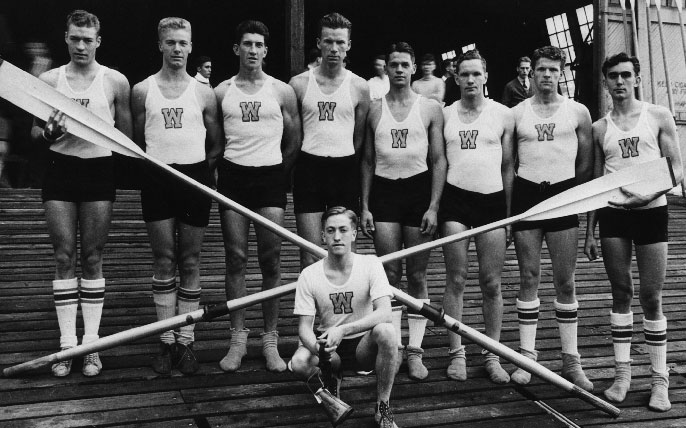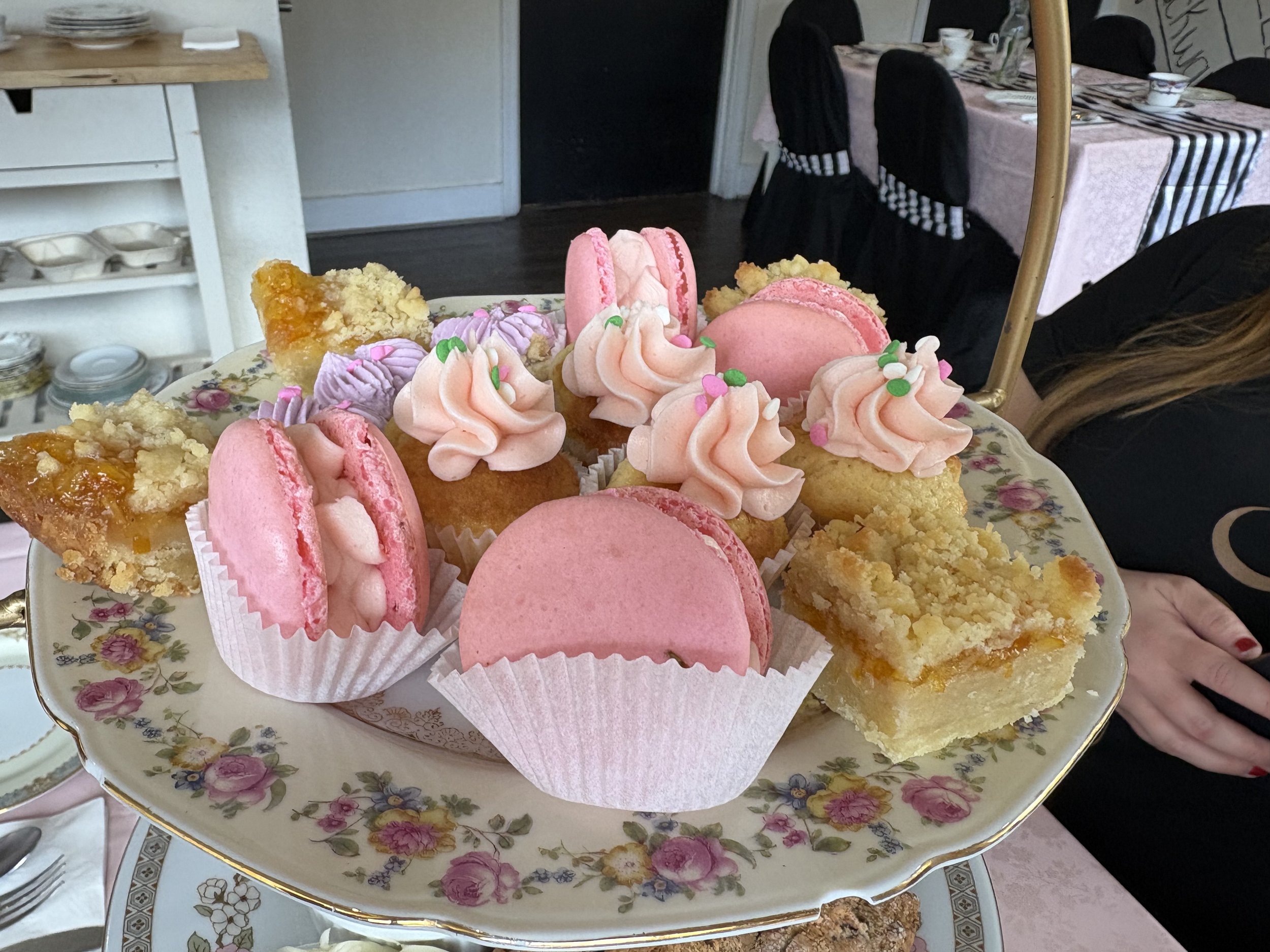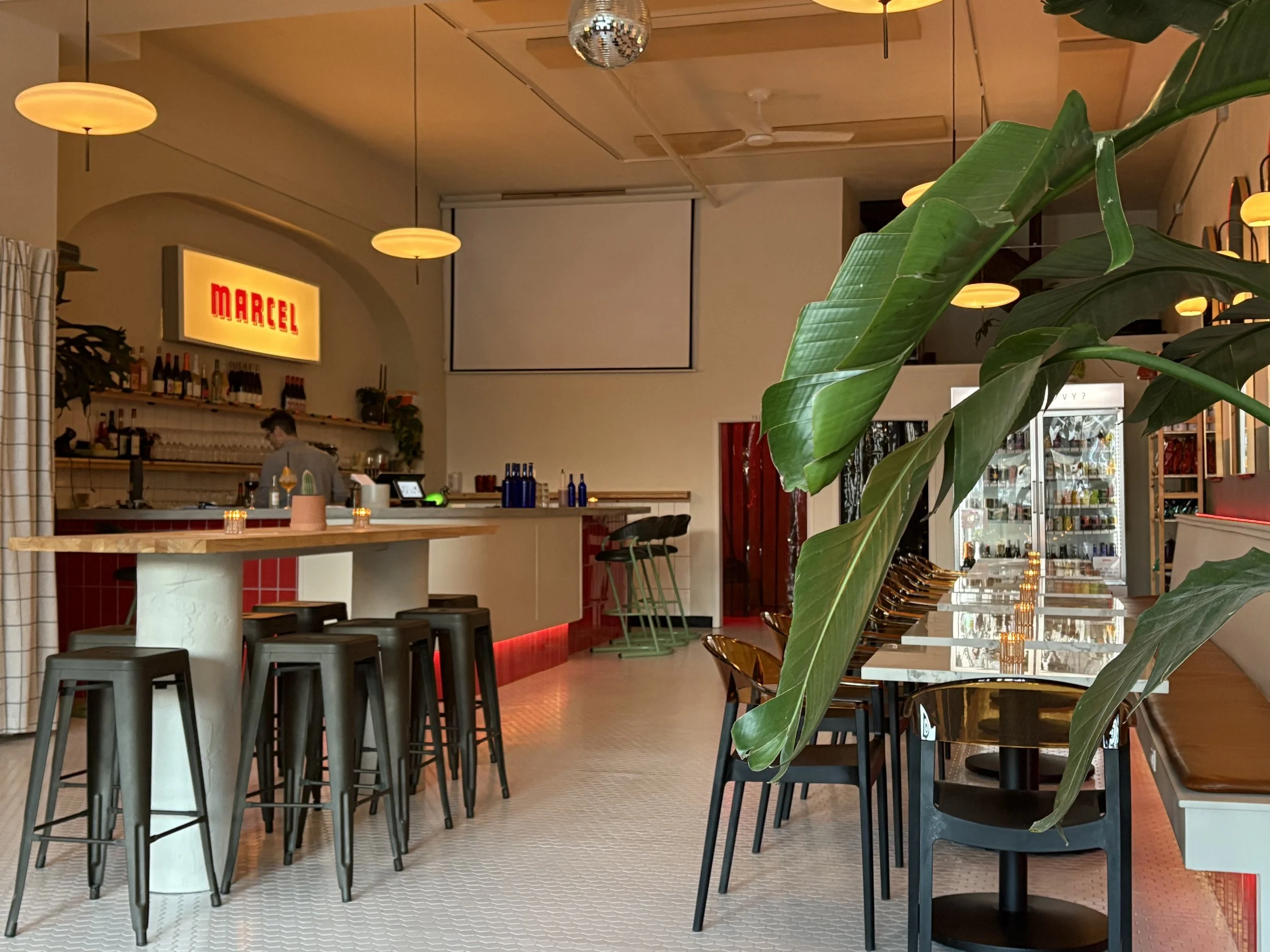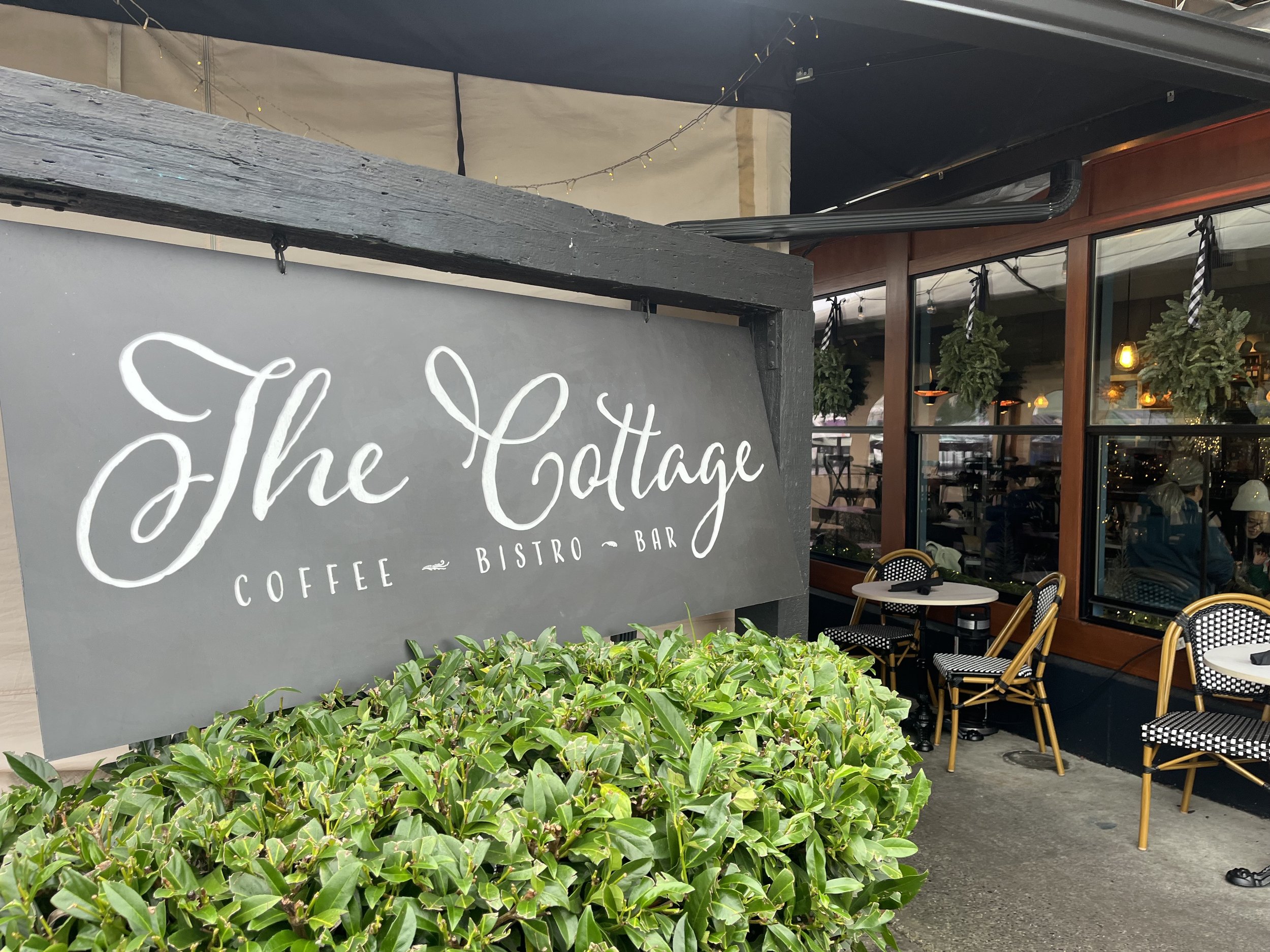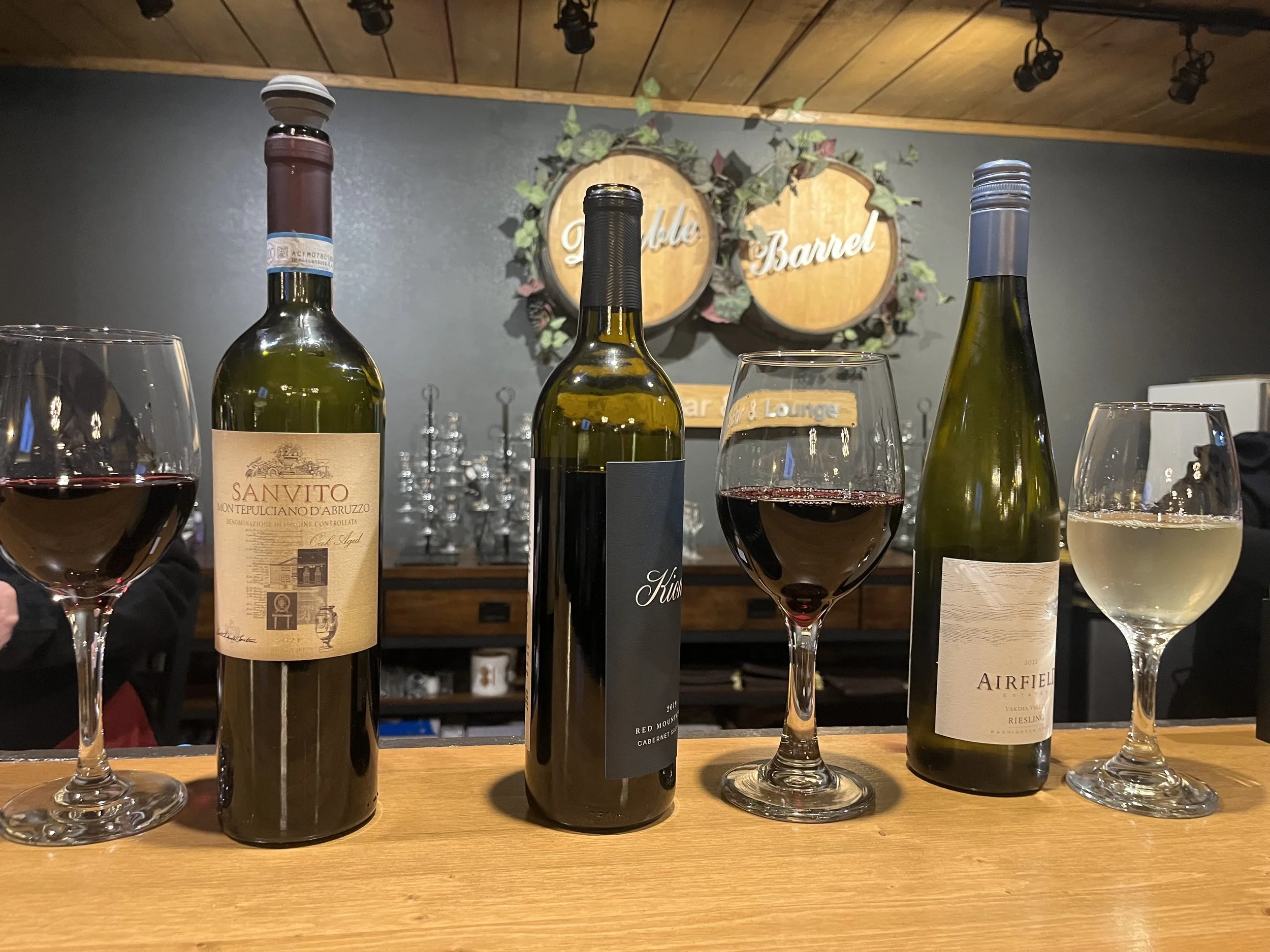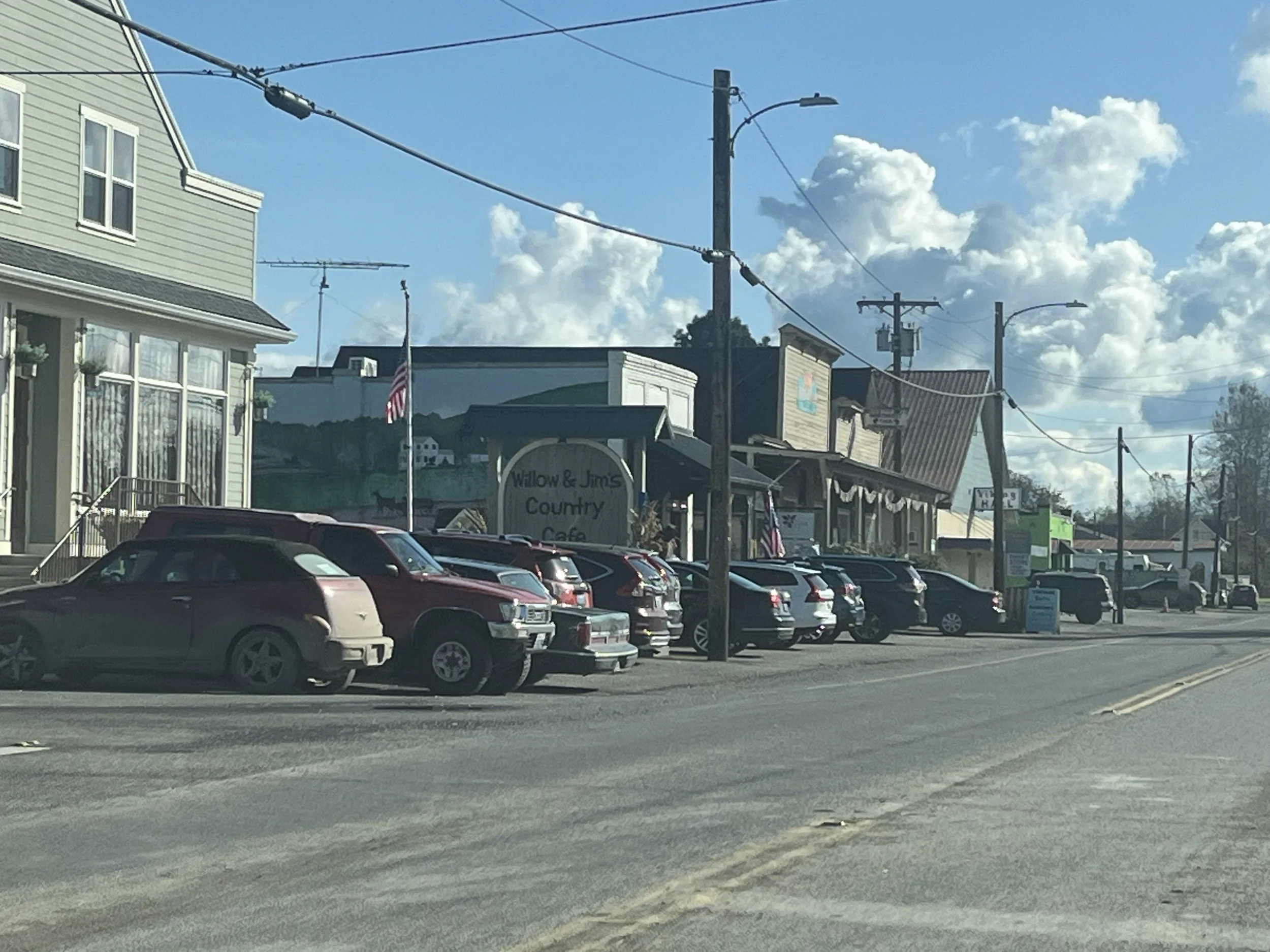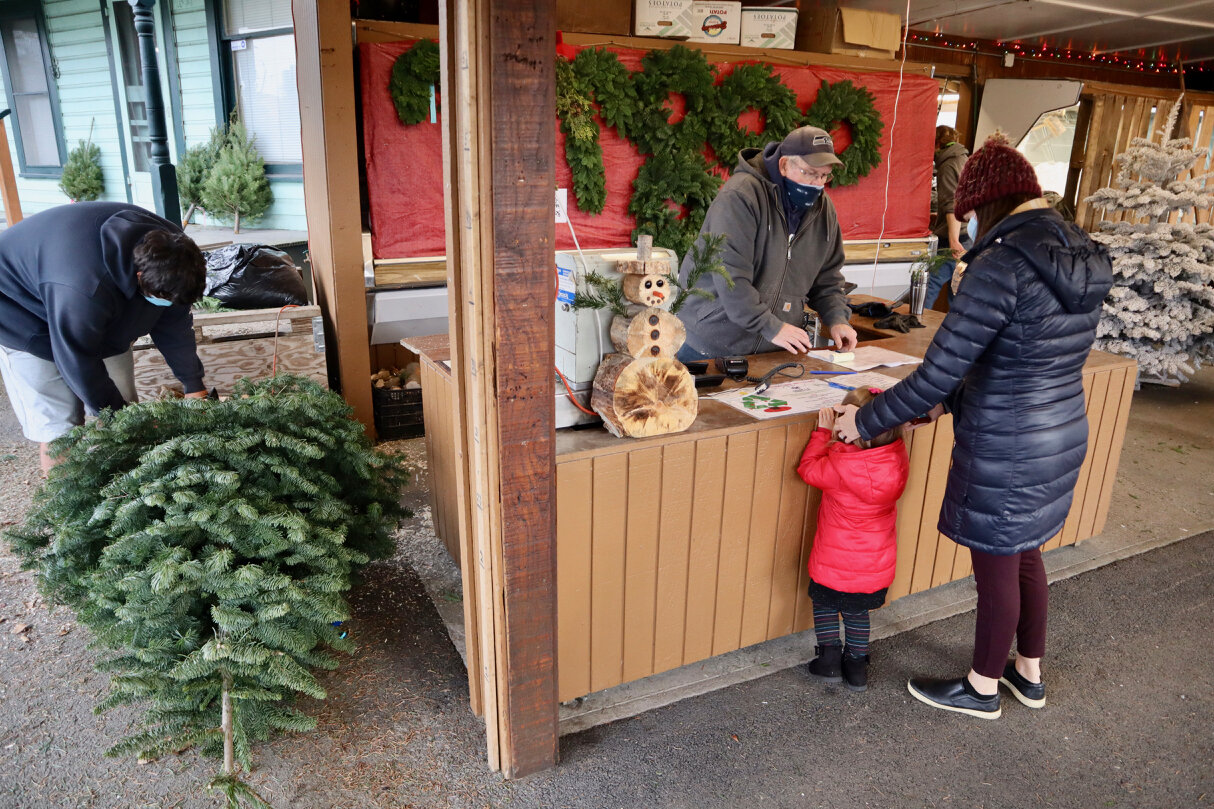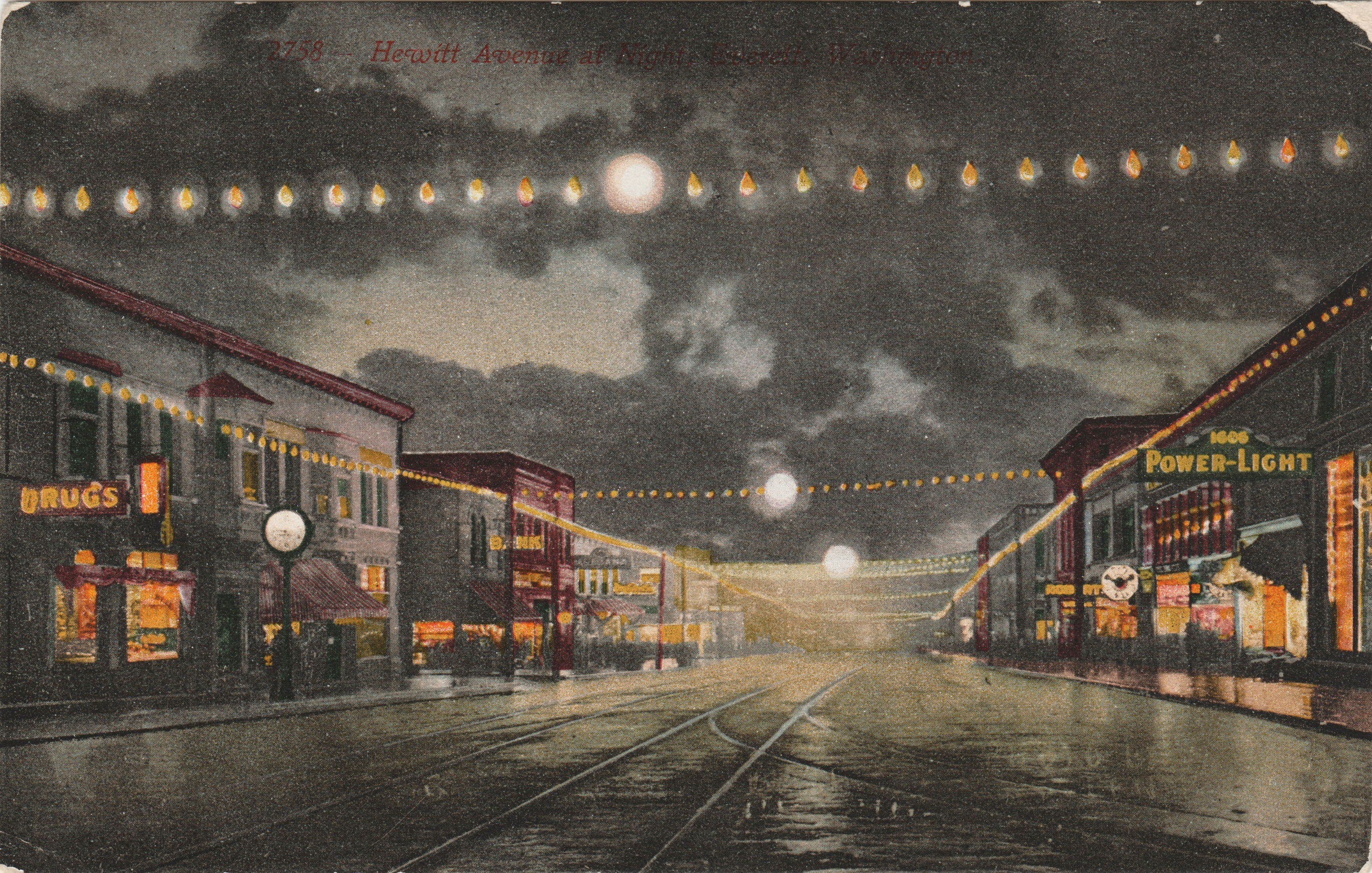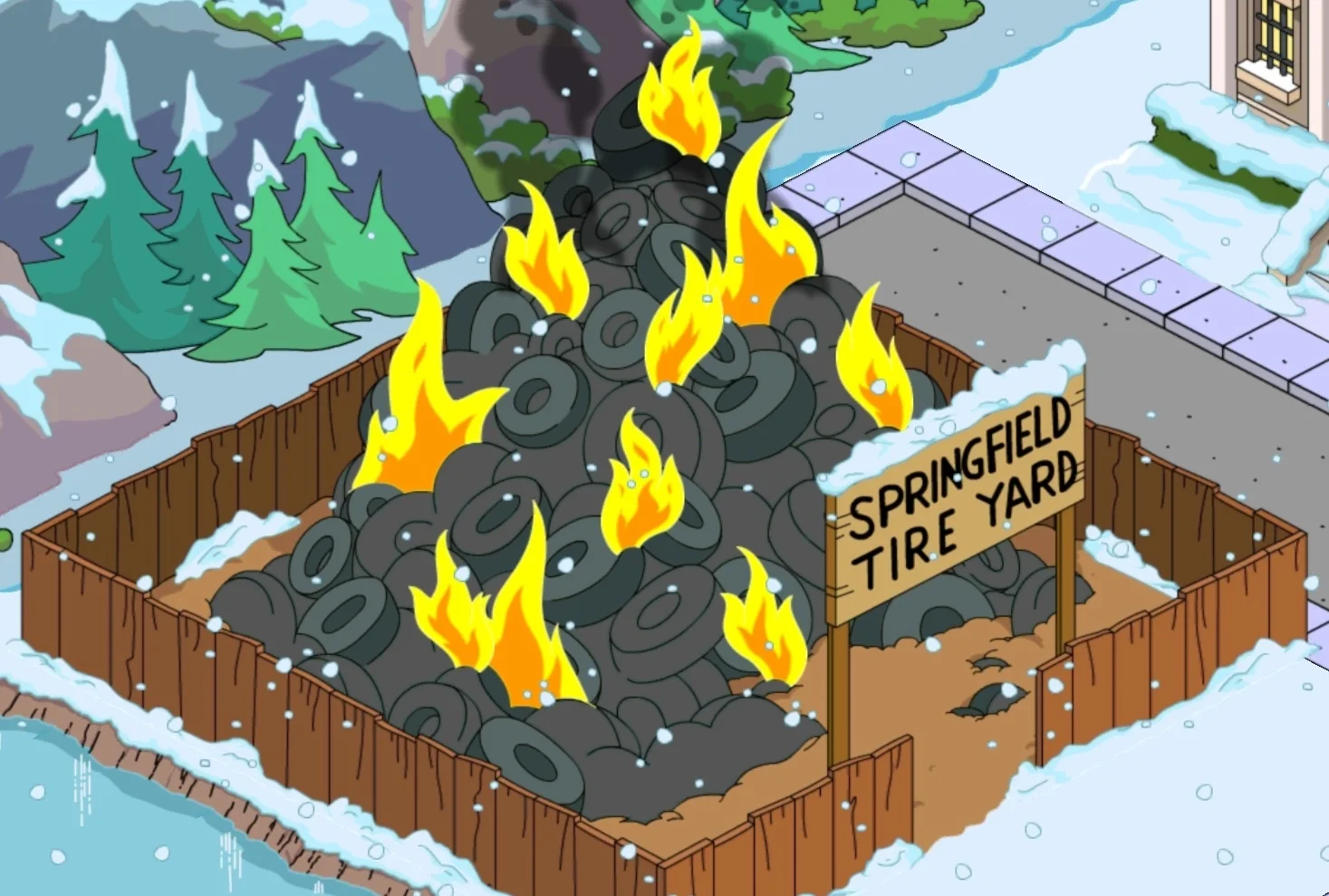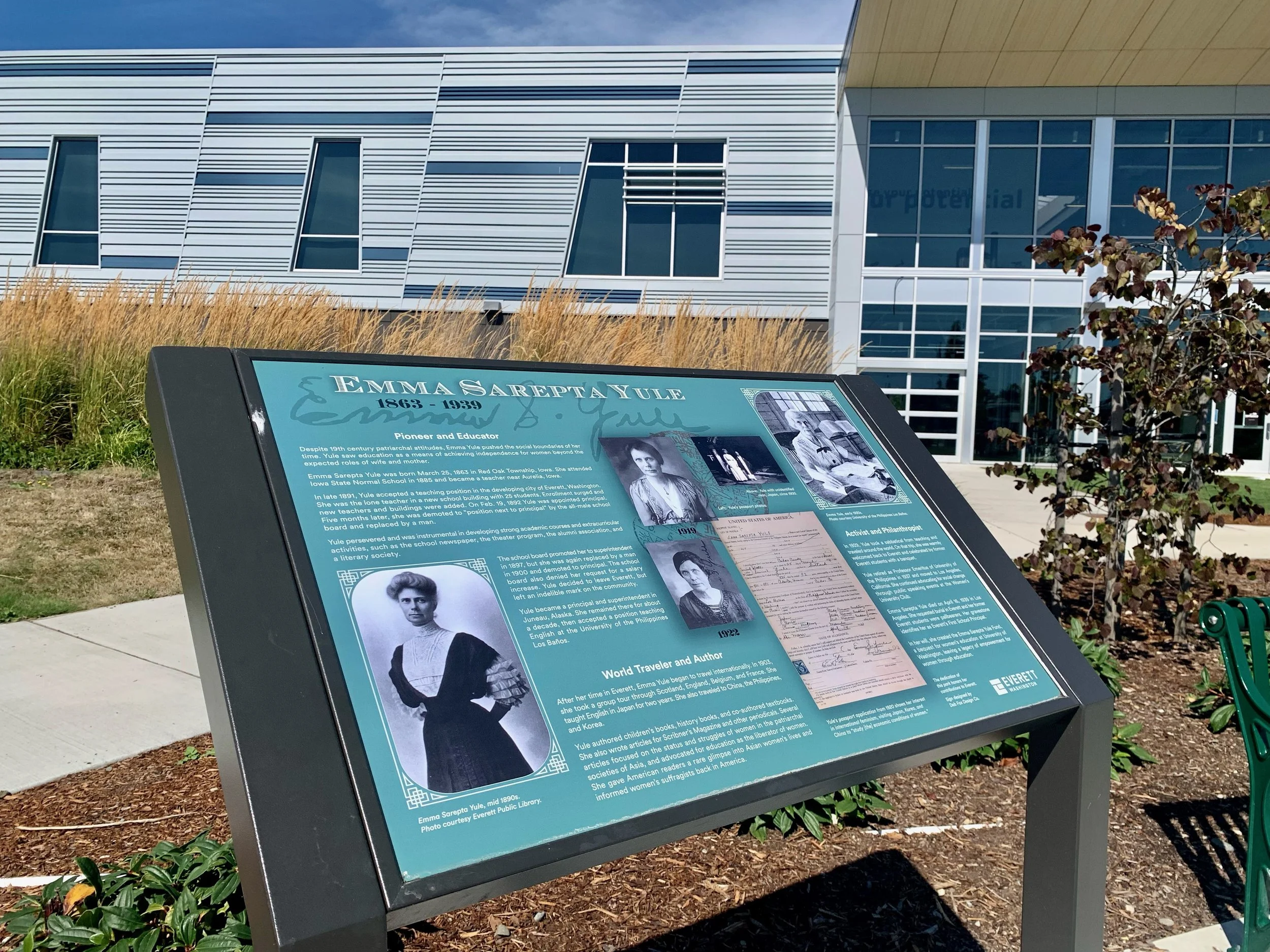This article was originally published November 13, 2017.
This is the story of a man who wanted to do one thing perfectly.
George Pocock, possibly the single greatest boatbuilder of the modern era, built racing shells that changed the game of rowing (literally), and along the way carried a UW rowing team to US victory in Nazi Germany.
The company that bears his name still makes quality racing vessels here in Everett. Pocock boats are favored by professional rowing teams across the country, and are used by the Everett Rowing Association.
George was born and raised next to the Thames River in England in 1891; he was descended from boatbuilders on both sides of his family. George spent his early life as an apprentice to his father, learning how to build shells and race on the river.
He used the manual techniques he learned from his father for the rest of his life, even after the advent of power tools. George wanted to feel the wood he was working with, wanted the silent concentration he felt he needed to make something beautiful.
In his early twenties George and his brother Dick emigrated to western Canada. They were basically broke. George worked in shipyards of Vancouver. The Vancouver Rowing Club caught wind of the brothers’ boatbuilding skills. They commissioned the Pococks to make two shells for their racing team.
The Pocock brothers set up shop in a busted shack floating on timber in Coal Harbour. Their workshop was also their home. It alternately leaked and flooded. They had no running water. The brothers worked from sunup to sundown, slept, and worked some more.
This is how they hustled a reputation as true craftsmen. Word of the English boatbuilders began to spread.
One day George was visited by a man named Hiram Conibear, rowing coach for the University of Washington. Conibear wanted to know—would George Pocock build boats for his rowing team?
Of course he would. He moved his boat making operation into the loft of the UW shell house on Lake Washington.
UW freshman crew, 1936.
Pocock regularly attended UW crew practices—a tall, quiet man with horn-rimmed glasses wearing a carpenter’s apron covered with curling red cedar shavings. He stood off to the side and watched closely as the boys paddled Lake Washington. If asked he would point out weaknesses in the boys’ technique.
George knew rowing. He was a guru, a mentor, the team's secret weapon.
He would often supply a choice Tennyson or Shakespeare quote to illustrate some point he was making. By all accounts he was revered by everyone involved with the rowing program.
Making shells from Western red cedar was George’s great innovation. When Pocock floated the idea of using the indigenous wood he wasn’t taken seriously. It was considered to be shake and shingle material at the time.
George knew different. He had seen the lightweight cedar canoes used by Native Americans as they rowed the Salish Sea. Cedar had low density, was easy to shape. It was strong, naturally resistant to rot, and could be highly polished to reduce friction on the waves.
Pocock sought the finest cedar throughout the PNW, traveling from British Columbia to the Olympic peninsula to source lumber.
He put this wood into his boats. He was always one to labor over the smallest details in his craft.
Pocock's craftsmanship earned him a virtual monopoly on boatbuilding in the world of college rowing. By 1943 all thirty shells racing in the nation's oldest and most prestigious national race, the Poughskeepie Regatta, belonged to Pocock. His name was synonymous with excellence.
UW freshman team wins gold at 1936 Olympics in Berlin, Pocock present. They're rowing a Pocock boat.
His boats carried the UW rowing team to victory in the 1936 Olympic games, which took place in Berlin under the watchful eye of Adolf Hitler and 75,000 screaming Germans. Pocock was there, sanding and varnishing his boats up until race time. He knew that a fraction of a second could decide the outcome of the race against the führer's oarsmen.
The symbolism of American strength and prowess was important at an event that openly promoted antisemitism and racial supremacy.
Pocock's boats carried US rowing teams to Olympic victory again in 1948 and 1952.
By the middle of the century Pocock boats were the new gold standard in competition.
““My ambition has always been to be the greatest shell builder in the world; and without false modesty, I believe I attained that goal.” -George Pocock”
Pocock racing shells are still the gold standard. Source: Pocock
George died in 1976, a venerated figure in his field.
His son Stanley, also an excellent boatbuilder, ran the company for many years.
Pocock is now located in South Everett. Their modern shells are exclusively made out of carbon and fiberglass. In the spirit of George’s craftsmanship, Pocock shells still take six to eight months to make by hand, and are made to order. Their company has a long waitlist; they are boats in high demand.
Pocock shells are used by the Everett Rowing Club. Many Pocock boats fill the boathouse racks at Langus Park.
Source: Pocock
What is the moral of the story about this humble, hardworking man? I'll close by letting him speak for himself.
““It is hard to make that boat go as fast as you want to. The enemy, of course, is resistance of the water, as you have to displace the amount of water equal to the weight of men and equipment, but that very water is what supports you and that very enemy is your friend. So is life: the very problems you must overcome also support you and make you stronger in overcoming them. -George Pocock” ”
POCOCK RACING SHELLS
615 80th St SW
(425) 438-9048
Wanna learn how to row? Take a class with Everett Rowing Association.
EVERETT ROWING ASSOCIATION
300 Smith Island Rd
(425) 345-5138
You can read more about the 1936 UW freshman racing team in the excellent book Boys in the Boat by Daniel James Brown. This was my main source for info on the life of George Pocock. The Everett Public Library has over a dozen copies of this riveting nonfiction novel.
Richard Porter is a writer and photographer for Live in Everett.




